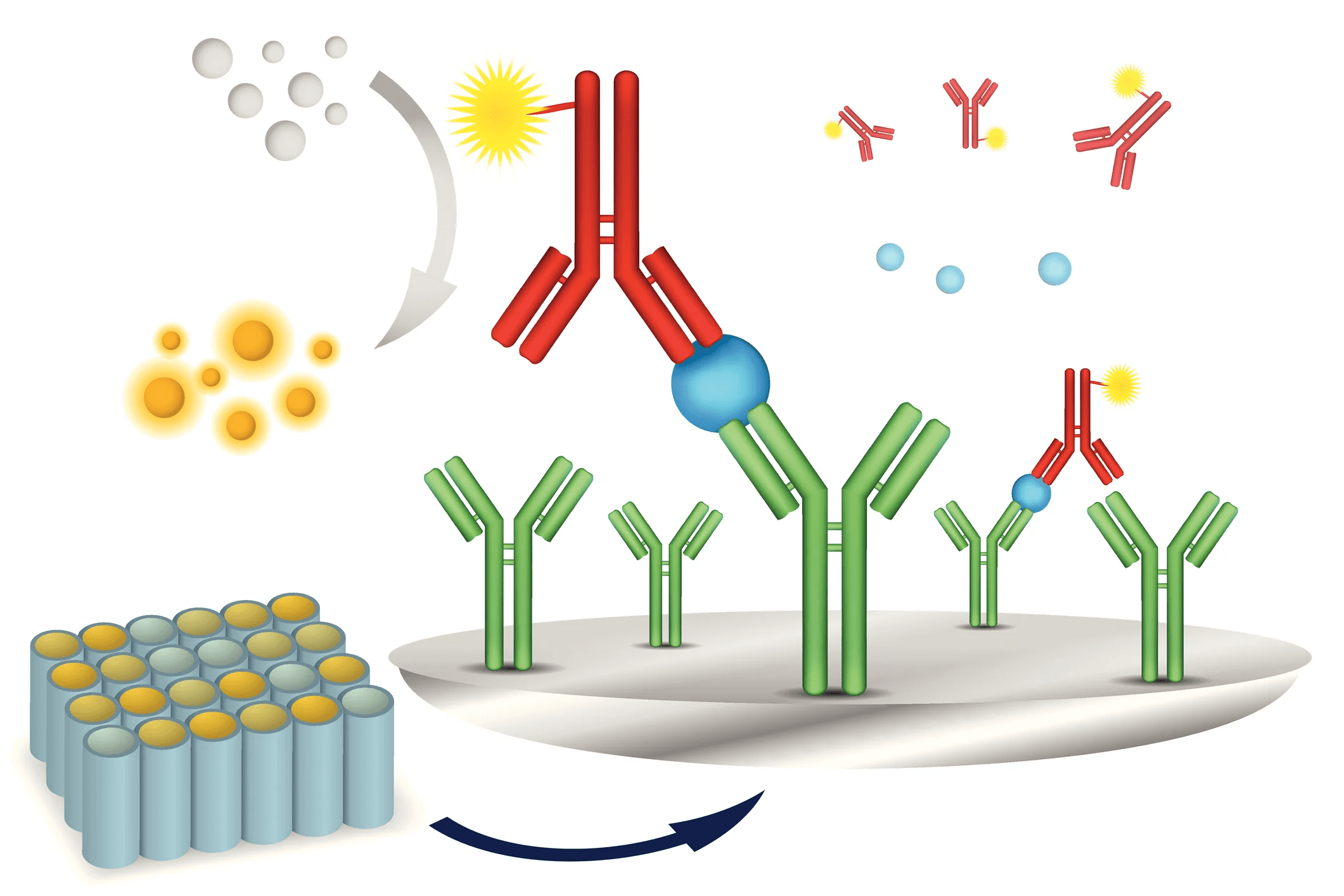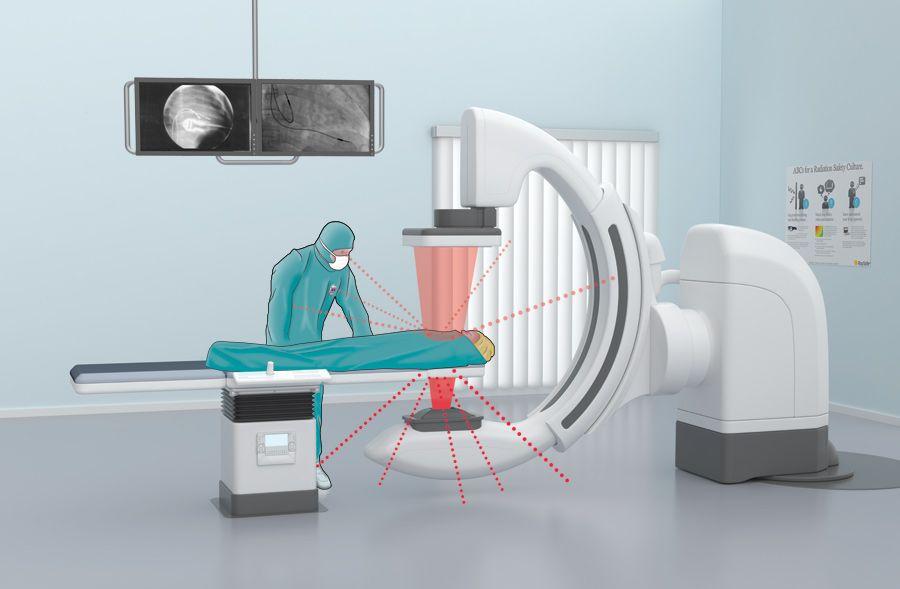The ELISA method is a gold standard in drug discovery and development studies. ELISA employs antibodies to detect proteins, peptides, and other biomolecules in complex study samples. The primary reason for the popularity of ELISA testing services is that this method is reliable, easy to use, specific, and scalable to accommodate simultaneous analysis of multiple study samples.
ELISA assay development begins with identifying the capture and detection system. The entire principle of the ELISA method depends on the capture and detection components. ELISA method has an indirect and direct strategy for capturing and detecting proteins in biological samples. The availability of two reliable approaches makes the ELISA method a game-changer for analytical labs. The current article explores how these approaches have made ELISA labs crucial in drug discovery and development. However, biological assay validation will remain critical for generating reliable and reproducible experimental data.
The potential of ELISA methods in expanding the roles of analytical labs
The following section first discusses direct and indirect capture methods before exploring direct and indirect detection. Besides, we shall also discuss some tips for achieving perfect ELISA analysis.
The direct capture method is similar to the Western blot technique. However, direct capture ELISA immobilizes the protein of interest in a microtiter plate instead of a nitrocellulose or nylon membrane. However, this capture is nonspecific. Direct capture is good, particularly for developing a new ELISA assay.
On the other hand, indirect capture focuses on selectively capturing and immobilizing the protein of interest instead of the entire complex mixture. This selectivity is accomplished using a primary antibody immobilized on the ELISA plate, allowing it to capture the protein of interest. A secondary antibody is then introduced to the reaction. This system is called a sandwich ELISA, as the target protein is sandwiched between two antibodies.
In the case of direct detection systems, ELISA has direct and indirect detection. In the direct method, the primary antibody is conjugated to an enzyme. After the initial washing of excessive antibodies, the reporter enzyme reacts with its substrate molecule and produces a detectable signal. This signal corresponds to the amount of analyte present in the sample. Direct detection is quick and less cross-reactive. However, it is less flexible and lacks signal amplification.
In indirect detection, the target analyte is sandwiched between two antibodies. The primary antibody captures the target protein. The secondary antibody recognizes this primary antibody while conjugated to a reporter enzyme that reacts with its substrate. Indirect detection is sensitive, versatile, and flexible. Besides, indirect ELISA detection offers full immunoreactivity, making it more sensitive than direct detection. However, as two antibodies are involved, indirect detection is subjected to cross-reactivity and background signal. Besides, indirect detection is longer, as two antibodies require more washing and incubation steps.
ELISA method is commonly employed in biological assays. However, investigators should select an appropriate plate type depending on specific research needs. Besides, they must test several parameters and establish an assay range during initial ELISA assay development. Not to mention basic assay requirements such as well-calibrated pipettes and consistent humidity, buffers, and temperatures should be involved when conducting ELISA analysis.




